Actors and drawing or painting artists are among a series of professionals the government is removing from its skilled worker visa route as part of major immigration reforms.
The changes, due to come into force next week (22 July), will see over 180 occupations across the UK economy no longer eligible for the skilled worker visa.
Singers, DJs, sculptors, picture restorers, hand-drawing animators, glass and ceramics makers, art technicians working outside education and cinema managers are also off the list, according to the statement of changes to immigration rules published by the Home Office.
Once the new legislation comes into effect, UK employers will only be able to sponsor a foreign worker in these roles if a skilled worker visa was granted under previous rules and has been continuously in place since.
Other creative professions, including dancers and audio-visual and broadcasting equipment operators, have been removed from the skilled worker visa but placed on a temporary shortage list, meaning work visas can still be granted if certain eligibility criteria are met.
Performers’ union Equity told Arts Professional that while overseas performers fall outside of the union’s membership remit, it “wants all artists to have fair access to work, both in the UK and globally”.
Still eligible
Several arts-related roles, including in art galleries, film and television, radio, theatre production or publishing managers and directors, remain eligible for the skilled worker visa.
Musicians, composers, conductors and instrumentalists can also still use the visa route, alongside arts consultants and arts officers.
But eligibility criteria have tightened, with increases to both skills and salary requirements.
All new skilled work visa applicants will need to meet level six of the regulated qualifications framework (RQF), equivalent to being degree educated. Under previous legislation, the visa could be obtained with RQF level three, equivalent to A-level qualifications.
The general minimum salary threshold for the skilled worker visa will increase from £38,700 to £41,700 next week, although a lower salary is permitted in some occupations.
In all cases, the minimum hourly rate of a role must be higher than £17.13, equivalent to an annual salary of £33,400. This yearly figure is also now the minimum salary permitted for a new entrant under the skilled visa route, up from £30,960 under previous legislation.
Temporary shortage list
The government is also introducing a temporary shortage list of occupations where workers can apply for a visa if they are educated to RQF level 3 or above.
A statement published by the government says the list is designed to “make sure the immigration system works better for the UK, with international recruitment only providing support where occupations are key to the industrial strategy”.
Authors, writers and translators, dancers and choreographers, photographers, audio-visual and broadcasting equipment operators, including sound and light designers, theatre technicians, fashion and accessories designers and set designers are among the over 50 occupations on the list.
Workers applying for a visa via the temporary shortage list will not be able to bring dependents to the UK and will not be permitted salary or visa fee discounts.
The Home Office says occupations included on this list are time-limited until the end of 2026 and will only remain beyond that date if the Migration Advisory Committee, an independent public body, recommends it.
Last month, a report by the Creative Industries Policy and Evidence Centre found the UK’s creative industries employ a disproportionately high number of migrant workers.

